Why do companies obsess over customer satisfaction scores instead of tracking actual behavior? The answer lies in the proxy mental model—a way people use simpler measurements to gauge complex goals.
Like checking a thermometer for fever instead of testing for viruses, we often rely on shortcuts to make decisions faster.
Schools use test scores to estimate learning. Hospitals track wait times to judge care quality. These stand-ins save time, but they’re not perfect. Imagine a restaurant focusing only on Yelp ratings while ignoring food safety. That’s where this model shows its risks—and its power.
In this guide, we’ll uncover how these indirect measures shape choices in business, education, and even mental health, including the assessment of mental disorders. You’ll learn when to trust them and when to ask, “Does this number really show what matters?”
For instance, in New York, healthcare providers often use a rating scale to evaluate primary care services. Let’s find out together.
Key Takeaways
- The proxy mental model: Proxies simplify complex goals but can miss hidden problems
- Common examples include test scores, surveys, and social media metrics
- Overusing shortcuts may lead to skewed priorities
- Works best when paired with real-world checks
- Critical thinking stops good measures from becoming bad habits
Introduction to the Proxy Mental Model
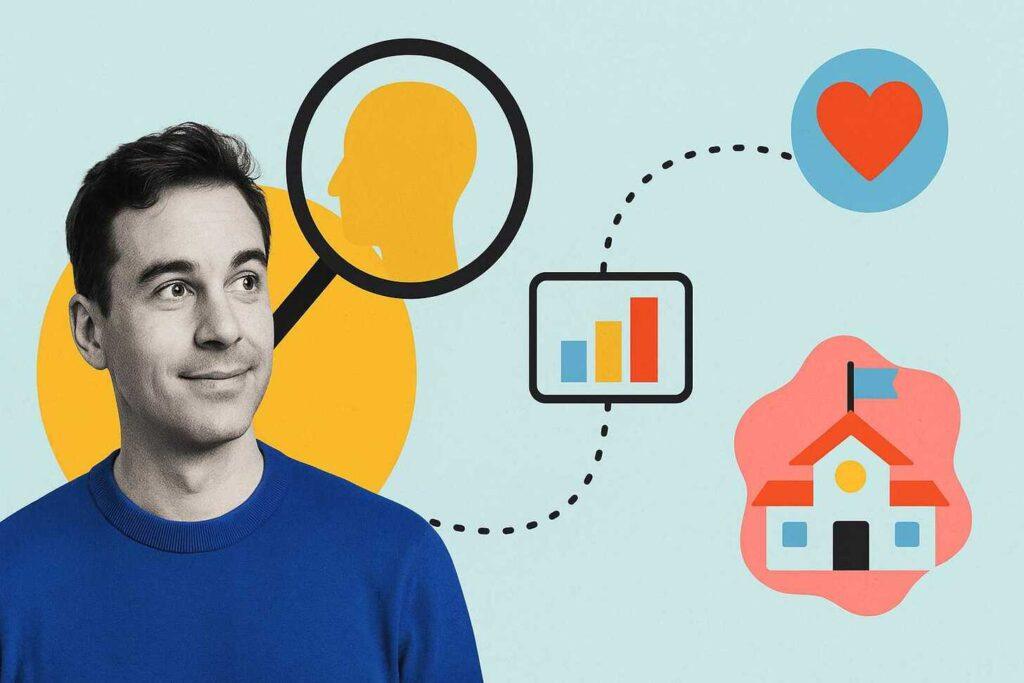
How do managers track team morale without reading minds every Monday? They use clever substitutes. Think of these substitutes as training wheels for understanding complex ideas—like counting gym visits to estimate fitness progress instead of measuring every muscle fiber.
Take workplace satisfaction and mental health. You can’t install joy detectors under desks, but companies track survey scores and sick days using a rating scale.
A 2021 Gallup study found organizations using 3-5 such markers to assess employee health and engagement, particularly regarding mental disorders. These numbers create snapshots of bigger pictures—but snapshots can blur reality if we’re not looking closely at the research.
When Proxy Mental Models Help—and Hurt
Proxy mental models shine brightest when measuring the unmeasurable. Schools use attendance records to spot struggling students. Doctors check blood pressure as a heart health indicator. Yet these tools work best when paired with real-world checks. Ever used social media likes to gauge friendship depth? That’s proxy thinking in your pocket.
| Common Proxy | Intended Measure | Possible Blind Spot |
|---|---|---|
| Employee Surveys | Workplace Happiness | Fear of honest feedback |
| Sick Day Counts | Team Well-being | Presenteeism (working while ill) |
| Social Media Likes | Relationship Quality | Surface-level interactions |
The table above shows how simple data points can both reveal and conceal truths. Research from Harvard Business Review warns that over 40% of companies relying solely on survey scores miss critical culture issues. Like using a weather app while ignoring actual rain clouds outside your window.
Concepts Behind the Proxy Mental Model
How do doctors track recovery without daily blood tests? They use smart substitutes that mirror real outcomes. Imagine checking step counts to estimate fitness progress—this shows how we connect simple measures to bigger goals. The trick lies in choosing markers that dance closely with what truly matters.
Key Definitions and Principles
Strong substitutes share three traits: clear links, easy tracking, and honest feedback. Take hospital readmission rates. When patients return within 30 days, it often signals poor care quality. But this measure fails if people avoid follow-ups due to costs. The golden rule? Your shortcut should change when the real issue changes—like shadows following sunlight.
Indirect Measurement Explained
Sometimes direct checks crash into walls. Tracking childhood literacy? Asking every kid to read aloud wastes class time. Instead, teachers monitor book checkout rates—a clever workaround. But watch for gaps. A 2022 case study found libraries with popular comics had high checkout numbers but low comprehension scores.
| Strong Proxy | Weak Proxy | Why It Matters |
|---|---|---|
| Customer complaint response time | Total complaints received | Shows action, not just noise |
| Employee training hours | Training course completions | Means engagement, not just attendance |
| Weekly team brainstorming sessions | Meeting duration | Values ideas over clock-watching |
Smart organizations layer multiple markers. A restaurant might track both online reviews and ingredient waste—combining customer joy with kitchen efficiency. Like using GPS and road signs together, this dual analysis prevents wrong turns.
Historical and Theoretical Context
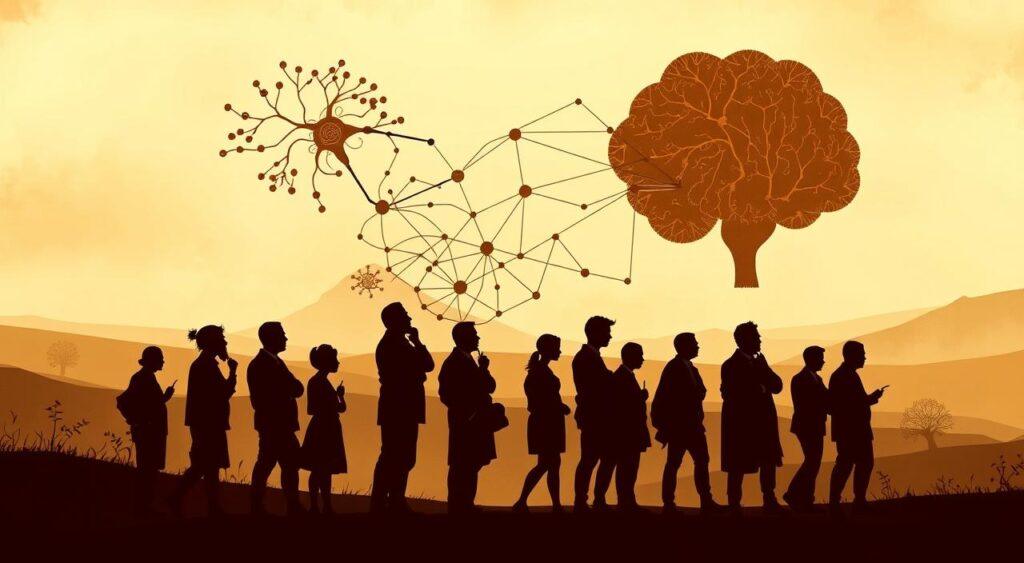
How did ancient leaders plan harvests without soil testing kits? They watched nature’s signals. Early civilizations used Nile River levels to predict crop success—a practice recorded in clay tablet articles from 1800 BCE. These early substitutes laid groundwork for today’s measurement strategies.
The Evolution of Stand-In Measurements
The Industrial Revolution changed everything. Factory bosses tracked output per hour—crude but effective. Workers became human meters, their productivity measured like steam engines. By 1913, Ford’s assembly lines turned this approach into science, laying the groundwork for modern assessments in health and mental health.
World War II brought new urgency. Generals needed quick ways to assess tank crews and plane mechanics. They developed checklists that later inspired modern performance reviews. One famous 1944 manual listed 12 markers for troop readiness—from boot cleanliness to radio repair speed, reflecting a systematic review of operational effectiveness.
Computers supercharged this development in the 1960s. Banks could suddenly track loan approvals instead of guessing economic health. Stores monitored inventory turnover rather than relying on gut feelings. Data became the new compass for research articles on productivity.
| Era | Measurement Tool | Modern Equivalent |
|---|---|---|
| Ancient Egypt | Nilometer scales | Weather satellites |
| 1920s Factories | Time clocks | Employee badge swipes |
| Digital Age | Web click counters | AI behavior prediction |
Modern management theories built on these foundations. Peter Drucker’s 1954 work transformed how companies set goals. Today’s dashboards display live data—but the core idea remains: find smart shortcuts that point toward truth.
Proxy Measures in Business and Evaluation
Ever wonder why businesses ask if you’d recommend them to friends? Many rely on the Net Promoter Score (NPS)—a single-number snapshot of customer loyalty. This approach turns complex feelings into simple math: “On a scale of 0-10, how likely are you to suggest our company?”
The Double-Edged Sword of Simple Scores
NPS works like a speedometer for customer happiness. It’s quick to measure and easy to compare. Teams in Chicago or New York can track progress with one glance. But what happens when drivers stare only at the speed dial? They might miss potholes in the road.
A major retail chain learned this the hard way. Their NPS soared after offering referral bonuses, but repeat purchases dropped. Customers were recommending friends for discounts—not because they loved the products. Like using bandages to cover cracks, the score hid real issues.
| Factor | How It Helps | Where It Fails |
|---|---|---|
| Survey Timing | Captures fresh experiences | Post-resolution surveys skew positive |
| Incentivized Feedback | Boosts response rates | Rewards distort true opinions |
| Silent Majority | Highlights extremes | Misses average satisfied users |
Smart companies mix NPS with real-world checks. A New York healthcare provider tracks both patient scores and treatment outcomes. They discovered high NPS ratings sometimes masked care gaps for those with chronic disorders. Now they combine surveys with follow-up calls and recovery rates.
Remember the last time you rated a service right after they fixed your problem? That glowing review might not reflect their usual performance. True measurement needs multiple lenses—like checking both your mirror and rearview camera while driving.
Analyzing Proxies in the Education Sector
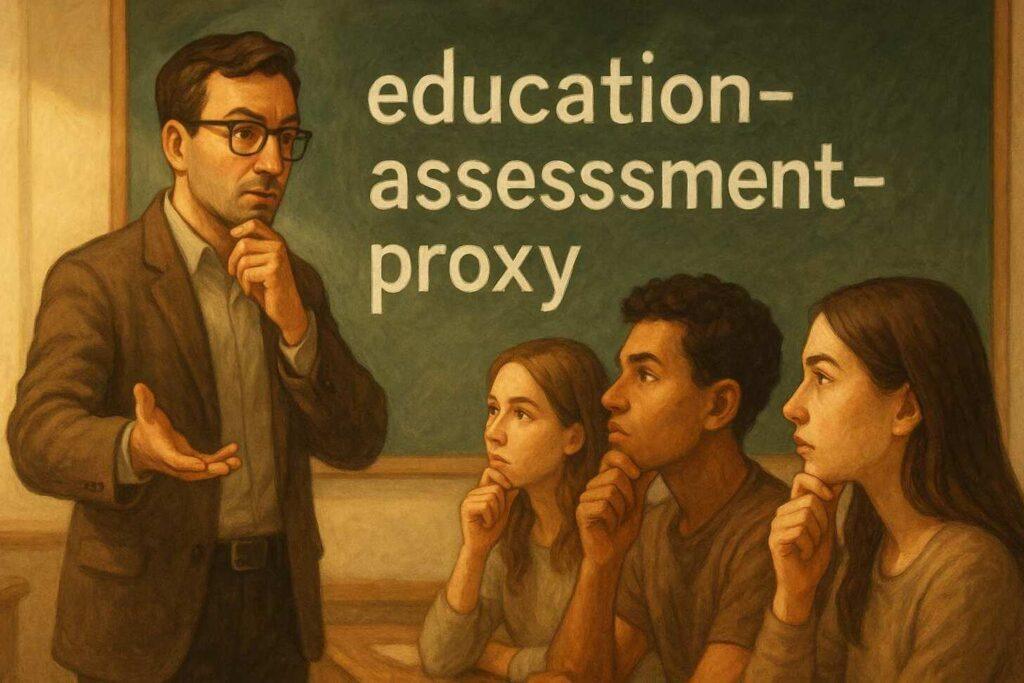
What if straight-A students can’t solve real-world problems? Many schools face this exact dilemma. Test scores dominate classrooms, yet research shows they often miss what truly matters. A 2022 global study found 47% of top scorers struggled with basic critical thinking tasks—like explaining why deserts form or spotting biased arguments.
Test Scores vs. Critical Thinking Gap
Why do schools prioritize exams? Simple—test results decide funding and teacher bonuses. But this focus creates tunnel vision. Students master memorization tricks instead of deep understanding, impacting their mental health. Imagine acing a history test but failing to connect past events to current issues in real-world health assessments.
| What Tests Measure | What They Miss | Real-World Impact |
|---|---|---|
| Fact recall | Creative problem-solving | Struggles in open-ended projects |
| Formula application | Adaptive thinking | Difficulty handling unexpected challenges |
| Time management | Collaboration skills | Poor team performance at work |
Insights from the 2022 OECD Report
The eye-opening study revealed high scorers from 15 countries couldn’t analyze newspaper editorials or budget plans. “We’re training students to pass exams, not navigate life,” said one researcher. This gap affects mental health too—students feel pressure to perform without understanding why it matters.
Forward-thinking schools now blend traditional tests with new methods:
- Science fairs grading experimental design over correct answers
- History classes debating alternate outcomes of past events
- Math students explaining real-world uses of equations
As one Texas principal put it: “We track both test scores and how kids handle messy problems. That data combo tells the real story.” Balancing measurements protects mental health while preparing students for life’s unpredictable tests.
Exploring Proxy Measures in Healthcare
How many healthy-looking people actually face hidden health risks? Doctors often use body mass index (BMI) as a quick health check—a number calculated from height and weight. But this common tool can paint misleading pictures, like judging a book by its cover.
This rating scale, while useful, may overlook significant factors related to mental health and potential disorders in patients, as highlighted in various studies and articles on health assessments.
The BMI Blind Spot
A CDC study found 29% of adults with “normal” BMI had metabolic issues—high blood pressure, cholesterol problems, or prediabetes. Athletes frequently get flagged as overweight despite peak fitness. Why? BMI ignores muscle mass, bone density, and fat distribution patterns.
| BMI Says | Reality Shows | Better Indicators |
|---|---|---|
| Overweight | High muscle mass | Body fat percentage |
| Normal | Visceral fat buildup | Waist-to-height ratio |
| Obese | Active lifestyle | Cardio fitness tests |
Proxy Mental Model: Beyond the Scale
Forward-thinking clinics now combine BMI with blood tests, activity trackers, and patient histories. One hospital found 18% of “healthy weight” patients had early signs of heart disorders through expanded screening. Others track sleep patterns and stress levels for fuller health insights.
Like using only tire pressure to assess car safety, relying solely on BMI misses critical details. As one doctor noted: “Numbers help, but listening to patients completes the story.” True wellness checks need both data and dialogue.
Goodhart’s Law and Proxy Mental Model Pitfalls

What happens when school ratings depend only on test scores? The numbers might rise while real learning falls. This is Goodhart’s Law in action—the moment we treat measures as targets, they stop reflecting reality.
Like a chef adding extra salt to boost taste-test scores while ruining the dish’s balance. This assessment is crucial for understanding the mental health of patients in educational settings, as highlighted in various research articles and studies.
When Targets Become Misleading
Sales teams chasing unit quotas might push unnecessary add-ons. Teachers drilling test questions could skip creative thinking exercises. These aren’t flaws in people—they’re system failures. When rewards align with proxies instead of true goals, priorities twist like carnival mirrors.
| Situation | Proxy Model | Unintended Result |
|---|---|---|
| Hospital wait time targets | Ambulance arrival logs | Patients kept waiting outside ER doors |
| Retail employee evaluations | Items scanned per hour | Rushed service and unhappy customers |
| Software development | Lines of code written | Bloated programs with useless features |
A famous case involved UK hospitals in the 2000s. To meet 4-hour ER wait limits, staff would “clock out” patients for tests—technically meeting targets while delaying actual care. This gaming of systems shows why single metrics often backfire.
The fix? Rotate your yardsticks. Schools now track both test scores and project-based assessments. Smart managers combine sales numbers with customer satisfaction surveys. Like checking both your speed and fuel gauge during a road trip, multiple measures keep you on course.
Ever seen a store employee ignore your question to restock shelves faster? That’s Goodhart’s Law whispering: “What gets measured gets manipulated.” The solution isn’t fewer metrics—but better ones that reflect what truly matters.
Wells Fargo and Proxy Mental Model Outcomes
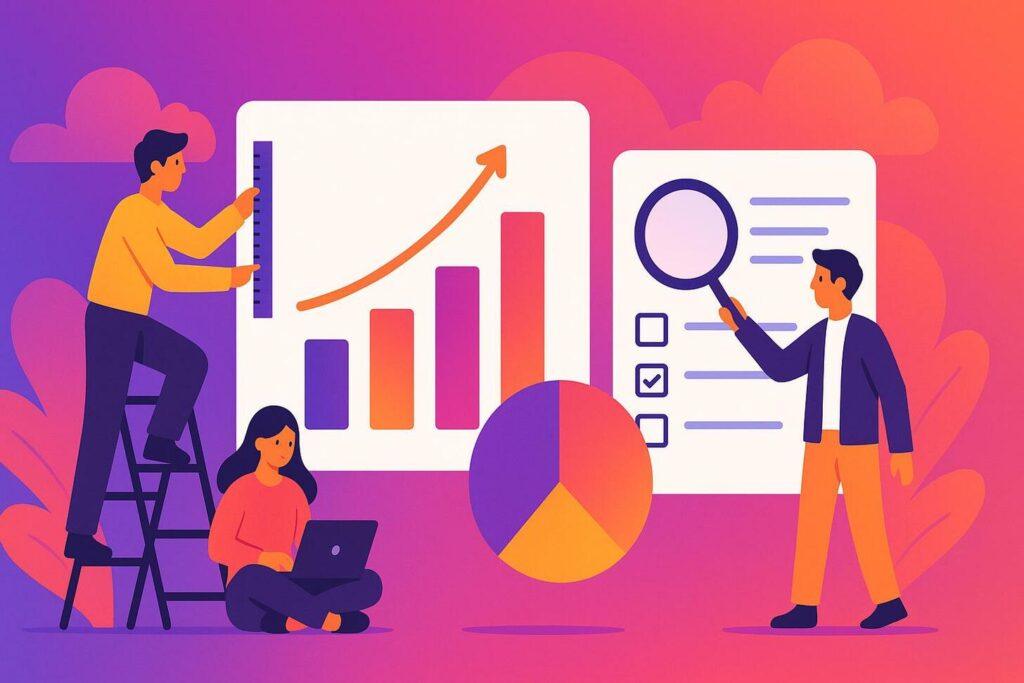
What happens when numbers matter more than people? The Wells Fargo scandal answers this painfully. Bank leaders tracked new accounts as their golden metric—a substitute for customer happiness and employee success. At first, it seemed smart. More accounts meant more access to banking services, right?
Employees faced impossible pressure. Tellers needed 8 daily sign-ups. Managers demanded 20. Bonuses and jobs hung in the balance. Soon, workers found loopholes. They opened credit lines for individuals without consent. One customer discovered eight fake accounts in their name.
| What They Measured | What Happened | Real Impact |
|---|---|---|
| Accounts per day | 2 million fake accounts | Damaged credit scores |
| Employee “cross-selling” | Unauthorized fees | $185 million fines |
| Short-term gains | Trust destroyed | 25% stock drop |
This case shows how good intentions twist when measures become targets. Workers knew the accounts were fake but kept pushing. Why? The system rewarded numbers, not real service. Over 5,300 employees lost jobs, proving that flawed metrics hurt both companies and individuals.
After the scandal, Wells Fargo changed its work culture. They now track customer complaints alongside sales data. As one whistleblower said: “True success isn’t in spreadsheets—it’s when people feel safe with their bank.” This lesson reaches beyond finance. Any team using shortcuts must ask: Are we measuring what matters, or just what’s easy to count?
Proxy Mental Model: Benefits & Limitations

Quick decisions save lives in emergency rooms—but how do doctors choose who needs care first? Stand-in measurements shine here, acting as flashlights in foggy situations. These tools help cut through chaos when perfect information doesn’t exist.
Advantages in Complex Systems
Imagine firefighters arriving at a burning building. They don’t measure air toxicity levels—they check for visible flames and shouting voices. A 2023 study showed ER teams using simple triage tags reduce mortality by 18% compared to detailed assessments. Speed matters most when seconds count.
Stock traders live this reality daily. They track market momentum indicators instead of analyzing every company’s balance sheet. This approach spots trends early, like seeing storm clouds before rain hits. Complex systems thrive when we balance quick checks with deeper data dives.
Hidden Risks and Oversimplification
But what happens when these shortcuts become blinders? A retail chain once celebrated rising customer survey scores—until research revealed shoppers hated new checkout systems. The surveys asked about friendliness, not usability. Smiling cashiers masked crumbling systems.
Schools face similar traps. Tracking graduation rates might miss students struggling silently with mental health issues. One district found higher grades correlated with increased anxiety during exams. Numbers told half the story.
| Useful Proxy | Hidden Risk | Better Approach |
|---|---|---|
| Social media followers | Fake engagement | Track comment quality |
| Work hours logged | Burnout signs | Monitor project creativity |
| Class attendance | Quiet strugglers | Weekly check-in chats |
The sweet spot? Use stand-ins for speed, but schedule regular truth checks. Like a chef tasting soup while following a recipe—measurements guide, but real experience perfects.
Methodologies for Validating Proxy Measures
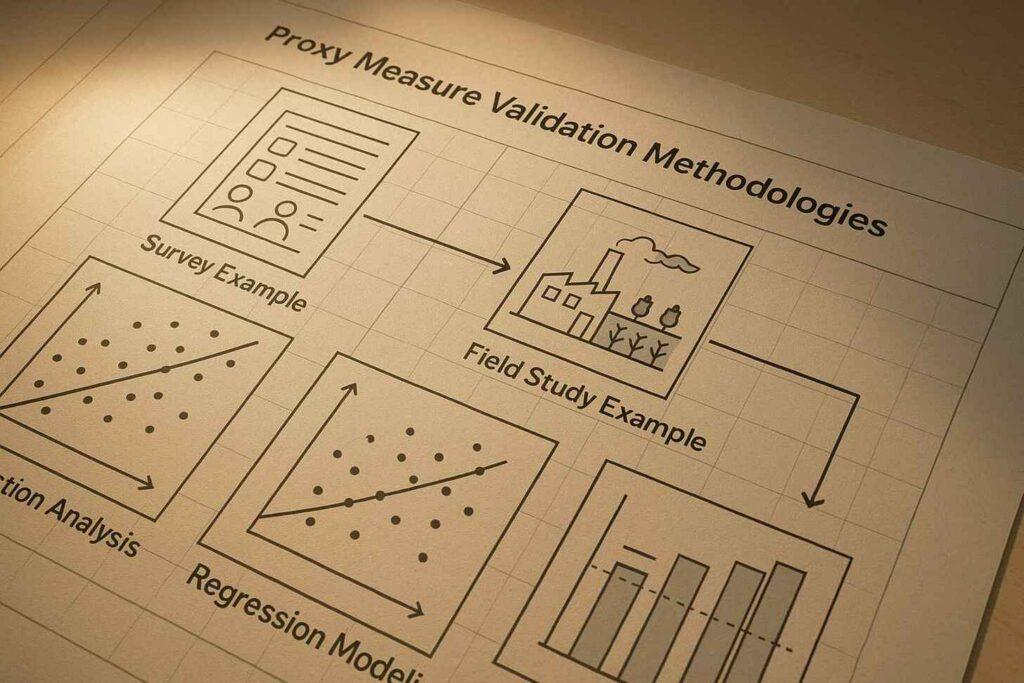
How can we trust that a shortcut actually works? Think of validation like taste-testing soup—you need proof it matches the recipe. Researchers in Spain tackled this challenge using 116 patients across 12 hospitals. Their work shows how to verify if stand-in measures truly reflect reality.
Validation Techniques and Statistical Analysis
The team compared new assessment tools against established clinical scales. Results proved revealing—their alternative indicators matched expert evaluations 84% of the time. One striking finding: different evaluators using the same methods agreed 81% of cases, like judges scoring diving competitions consistently.
| Validation Check | Success Rate | Real-World Impact |
|---|---|---|
| Correlation with Gold Standard | 0.75-0.84 | Identified remission status accurately |
| Accuracy Testing | 83.9-91.4% | Correctly classified patient outcomes |
| Evaluator Consistency | 0.81 ICC | Reduced subjective interpretation |
Why does this matter? Imagine using a faulty thermometer to diagnose fevers. The Spanish study demonstrates three crucial steps:
1. Compare new instruments to proven scales
2. Test across diverse groups
3. Measure agreement between users
As one researcher noted: “Good measures improve with scrutiny—like steel hardening through repeated forging.” Whether evaluating health outcomes or school programs, validation turns hunches into reliable guides.
Conclusion
How do we know when to trust the numbers? The answer lies in balance—like using a map while still watching the road. Schools track test scores and student projects. Hospitals monitor wait times and recovery rates. These dual approaches reveal what single numbers hide.
Think of your last online purchase. Five-star ratings might have guided your choice, but the real test came when you unboxed the product. That’s the power of pairing quick indicators with hands-on checks, the proxy mental model—a way people use simpler measurements to gauge complex goals.
A 2023 retail study found brands using both methods retained 30% more customers.
Here’s the golden rule: Treat measurements as flashlights, not truth machines. They work best when combined with curiosity. Ask, “What’s missing from this data?” or “Does this reflect real experiences?” Like a chef tasting soup while following a recipe, let numbers guide—not dictate—your decisions.
Next time you see a dashboard or scorecard, remember: Every metric tells part of a story. Your job is to read between the lines. Keep questioning, keep verifying, and you’ll turn shortcuts into smart paths forward.


